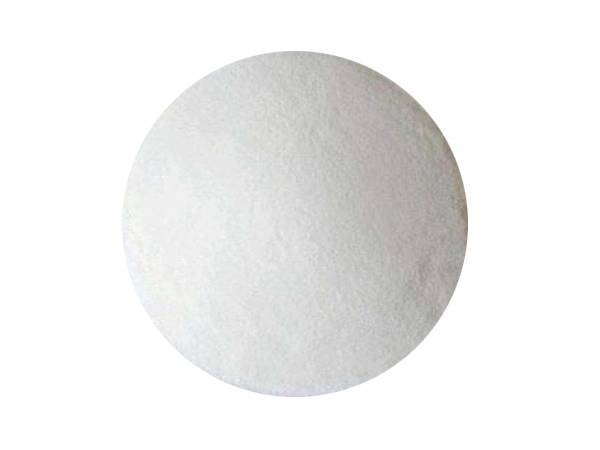



Understanding the Molecular Formula of Sodium Sulfide and Its Chemical Composition
Understanding the Molecular Formula of Sodium Sulfide
Sodium sulfide, a compound composed of sodium and sulfur, holds significance in various industrial processes and applications. Its molecular formula is Na2S, which reflects its composition of two sodium (Na) atoms and one sulfur (S) atom. Understanding the molecular formula of sodium sulfide is essential for grasping its chemical properties, uses, and the role it plays in several fields, including chemistry, environmental science, and manufacturing.
Composition and Structure
At its core, sodium sulfide consists of sodium ions (Na⁺) and sulfide ions (S²⁻). The molecular formula Na2S indicates that two sodium ions are required to balance the charge of one sulfide ion. This ionic compound is formed through the reaction between sodium and sulfur. When sodium reacts with sulfur, it transfers one electron from each sodium atom to the sulfur atom, resulting in the formation of Na⁺ and S²⁻ ions. The electrostatic attraction between these ions leads to the formation of the ionic compound sodium sulfide.
Physical Properties
Sodium sulfide appears as a yellow to brown solid, depending on its purity and the conditions under which it was obtained. It is highly soluble in water, and the dissolved compound ionizes to release sodium ions and sulfide ions into the solution. This property makes sodium sulfide significant for various chemical reactions and processes.
Chemical Properties
Understanding the Molecular Formula of Sodium Sulfide
Industrial Uses
molecular formula of sodium sulphide

The industrial applications of sodium sulfide are vast and varied. One of its primary uses is in the paper industry, where it serves as a cooking chemical in the manufacturing of pulp. The presence of sodium sulfide helps in the delignification process, breaking down lignin, a complex organic polymer found in plant cell walls, thereby allowing for the extraction of cellulose fibers from wood.
In the textile industry, sodium sulfide is utilized as a reducing agent in dyeing processes. It aids in the solubilization of dyes, allowing for better absorption and fixation onto the fabric. Furthermore, sodium sulfide is also employed in the mining sector, particularly in the extraction of metals, where it can help in the flotation of metallic ores.
Role in Environmental Science
Sodium sulfide plays a significant role in environmental science as well. Due to its ability to react with heavy metals, it is employed in wastewater treatment processes to precipitate harmful metals from solution, thus reducing their bioavailability and toxicity. The sulfide ions react with metal ions to form insoluble metal sulfides, which can then be removed from the water. This application is vital in preventing water pollution and safeguarding aquatic ecosystems.
Safety and Handling
While sodium sulfide is useful, handling it requires caution. The compound is toxic and can cause irritation to the skin, eyes, and respiratory system. Additionally, the release of hydrogen sulfide gas during chemical reactions poses significant health risks, including toxicity and potential explosion hazards. Therefore, appropriate safety measures should always be implemented when working with sodium sulfide, including the use of personal protective equipment and proper ventilation.
Conclusion
In conclusion, the molecular formula of sodium sulfide, Na2S, encapsulates the essential details about this compound's ionic nature and composition. Its wide-ranging applications in various industries, along with its environmental significance, underscore the importance of understanding sodium sulfide's properties and uses. As industries continue to evolve, the role of sodium sulfide in chemical processes, wastewater treatment, and manufacturing remains critical, making it a compound of great interest in both industrial and environmental contexts. Understanding its molecular structure not only enhances our knowledge of chemistry but also emphasizes the importance of safety and responsible handling in its applications.
-
Why Strontium Carbonate Still MattersNewsJun.06,2025
-
Why BaSO4 MattersNewsJun.06,2025
-
Why Barium Carbonate Still MattersNewsJun.06,2025
-
Strontium Hydroxide: A Versatile Compound for Modern ApplicationsNewsJun.06,2025
-
Strontium Chloride in Daily IndustryNewsJun.06,2025
-
Pure Potassium Nitrate for SaleNewsJun.06,2025
-
What Is Sodium Bisulfate Used For?NewsMay.15,2025










